
Lot 12
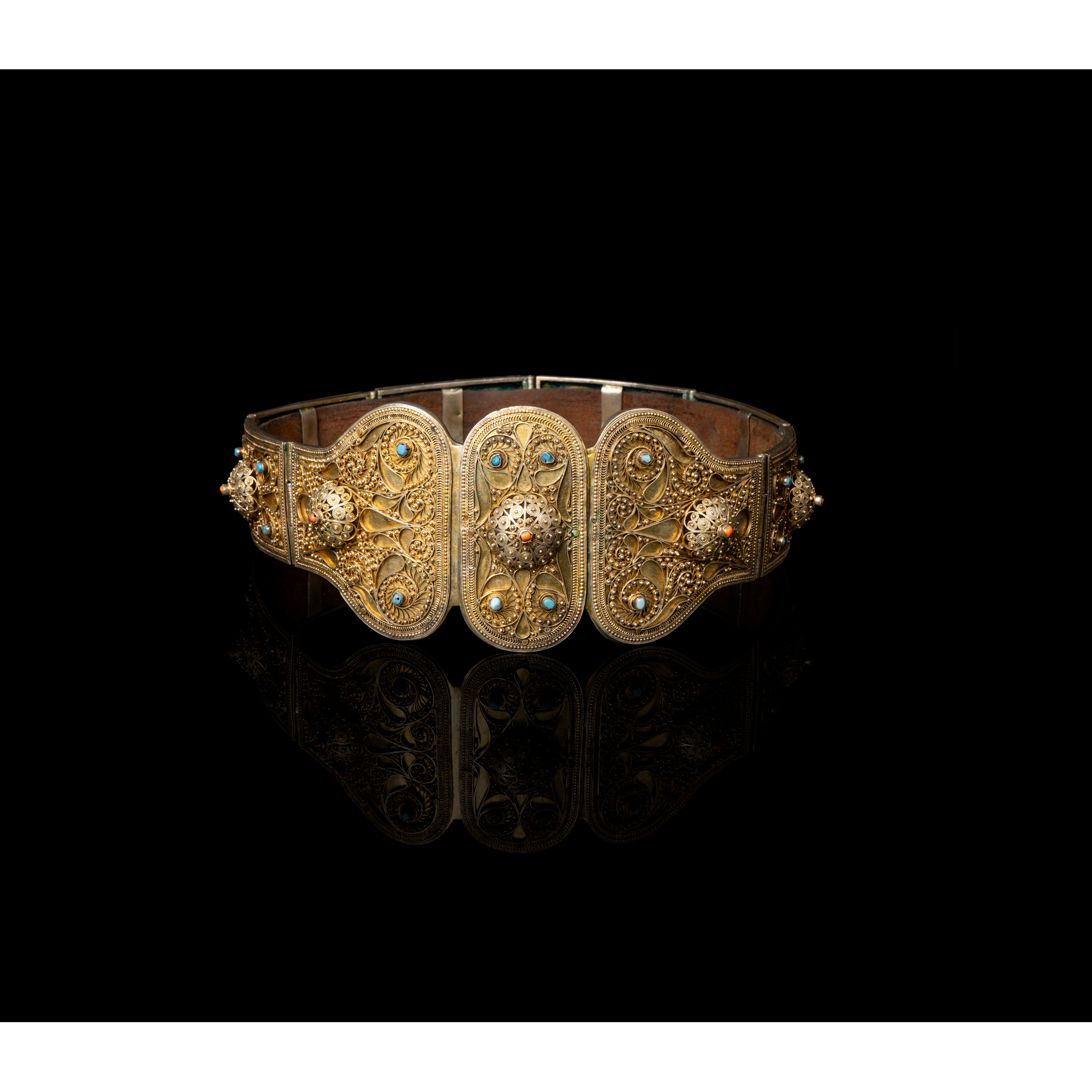
A SILVER-GILT AND FILIGREE BELT BUCKLE
RUSSIA, CAUCASUS, LATE 19TH/ EARLY 20TH CENTURY
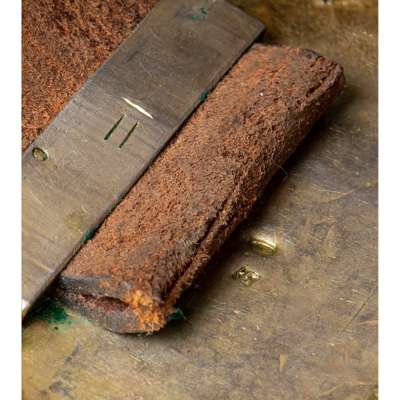
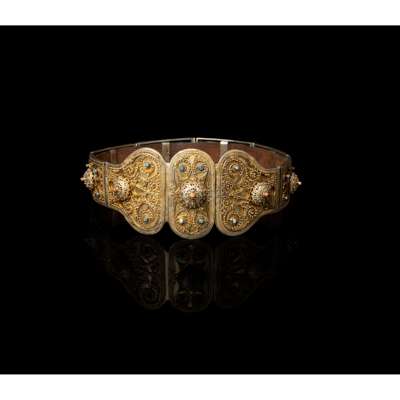
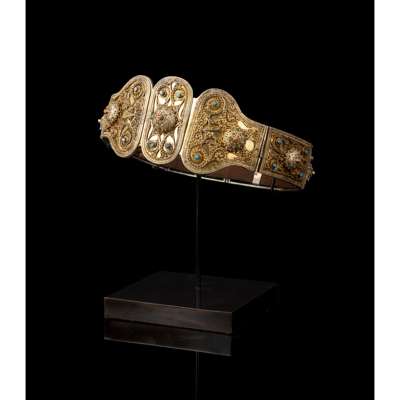


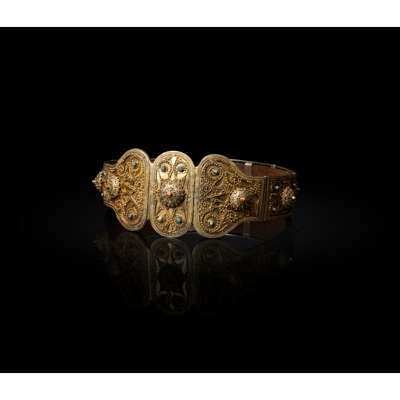
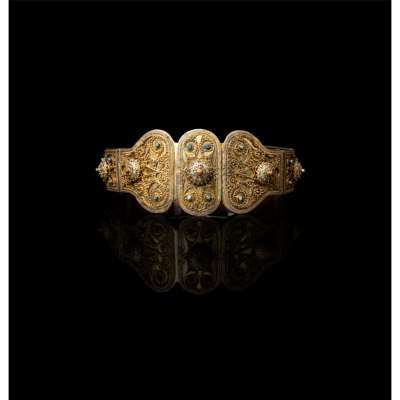


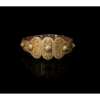
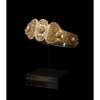


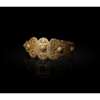


Auction: 10 December 2025 from 14:00 GMT
Description
formed of nine sections or plaques mounted on a leather strap, the clasp of medallion shape, decorated with filigree, stamped maker’s marks visible on reverse of left-hand side of clasp
Dimensions
79.4cm length
Footnote
Worn throughout the Ottoman domains from the Balkans through to eastern Anatolia and beyond into the Caucusus, clasp belts were highly visible symbols of female wealth and status. Normally only the clasp itself would be made of metal, sewn on to a fabric belt, making this example an unusually luxurious piece which must have belonged to a lady of high standing. These were originally a marker of married status, and it was only in the later 19th century that unmarried women began to wear them. The closest comparison to the present example is an unpublished clasp in the Victoria & Albert Museum (inv. no. M.76-1909), which bears a similar all-over applied filigree decoration surrounding raised collets. This has been tentatively attributed to Turkey, 1750-1850 and therefore offers a similar dating for the present piece. Another clasp in the Metropolitan Museum of Art (inv. no. 91.1.1109a, b), attributed to 19th century Turkey or the Balkans, has a much busier filigree decoration but shares the gilded effect of the present example (Harvey, M.H., ed., Collecting Inspiration: Edward C. Moore at Tiffany & Co., The Metropolitan Museum of Art, 2021. p. 186 no. 120C).















